The United States Patent & Trademark Office on Thursday published an Apple patent application covering the electronic packaging and sapphire lens of the company's new Touch ID fingerprint sensors.
Apple's marketing material for the Touch ID sensor, left, and patent application, right.
The patent, entitled "Capacitive Sensor Packaging," almost exactly mirrors the implementation found in Apple's latest flagship handset. The packaging includes a "responsive element" that detects the proximity of a user's fingerprint — Â the stainless steel ring that surrounds the iPhone 5s home button — Â and a sensor cover made of "an anisotropic dielectric material, for example sapphire."
Touch ID's aesthetic treatments have been included as well, as the patent details "an ink assembly...printed on the lens" that "has the effect that the otherwise-translucent button can be made opaque, so the elements of the fingerprint recognition sensor are not immediately visible to the user."
Other methods of proximity detection — Â like optical or infrared sensing — Â are also covered. The filing predicts that new methods like these might be needed in the future because requiring a user to place their finger within a specific area limits "the design flexibility for the fingerprint recognition sensor."
Interestingly, the patent leaves open the possibility of embedding the sensor behind a "display element." This marks the second mention this year of an in-display fingerprint sensor, after a separate patent filing surfaced in June detailing a method of embedding a fingerprint sensor within an LCD.
The application was filed on March 15 and credits no less than nine inventors — Â Benjamin J. Pope, Shawn Arnold, Barry J. Corlett, Terry L. Gilton, Syed Husaini, Steven Webster, Scott A. Myers, Matthew D. Hill, and Benjamin B. Lyon.
 Shane Cole
Shane Cole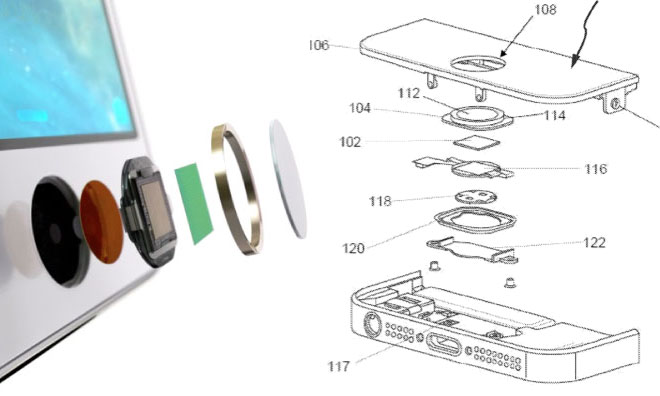
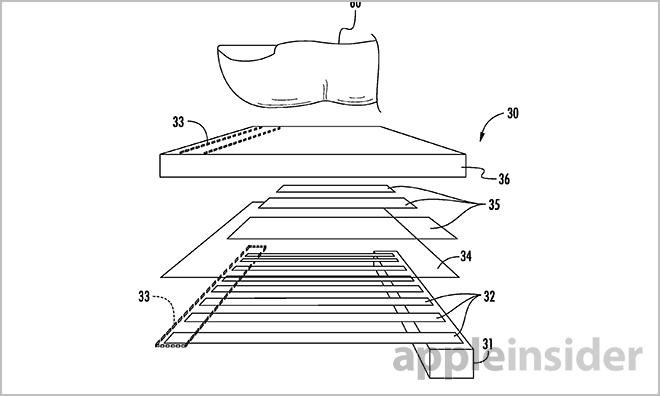


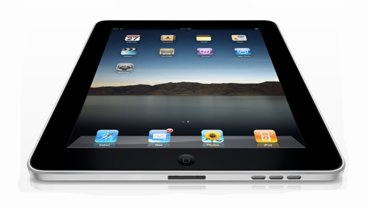




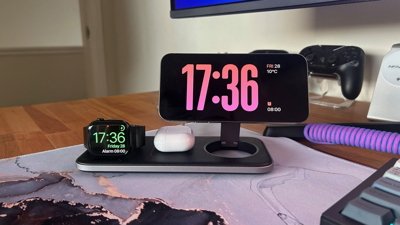
 Oliver Haslam
Oliver Haslam
 Christine McKee
Christine McKee
 Amber Neely
Amber Neely
 Andrew Orr
Andrew Orr

 Sponsored Content
Sponsored Content
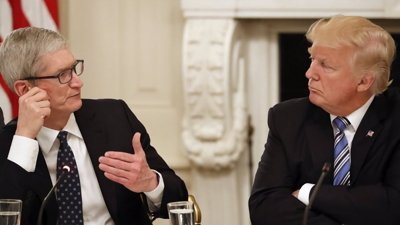
 William Gallagher
William Gallagher






25 Comments
What's the point? Samsung will copy it in 2014, say Apple can't put a patent on circles and by the time it gets to court in 2023 there will be other security systems in place. Meanwhile Samsung will have made billions and claim they owe Apple 52 cents for stealing their product.
I am a little confused, I am almost positive the current Touch ID in the 5S has been patented during its conception and this must be a derivative of the original concept being patented. Either way, hurry before Samesung & Co find loop holes with patents! ;)
Is that the sound of Samsung's copy machines firing up?
Yeah, I missed link to original Touch ID patent filing. Hope this covers Apple!
[quote name="Crosslad" url="/t/160837/apple-files-patent-for-touch-id-sensor-found-in-iphone-5s#post_2438370"]What's the point? Samsung will copy it in 2014, say Apple can't put a patent on circles and by the time it gets to court in 2023 there will be other security systems in place. Meanwhile Samsung will have made billions and claim they owe Apple 52 cents for stealing their product.[/quote] Samsung's home button is more rectangular. Totally different. /s